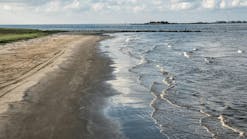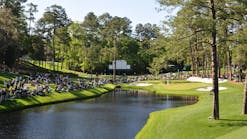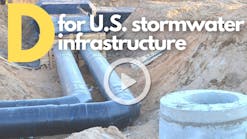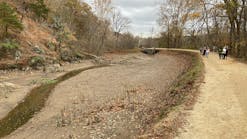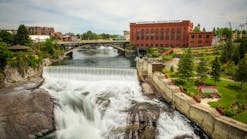Georgia Airport Authority Approves Storm Water Pollution Prevention Plan
The Cartersville-Bartow County Airport Authority approved the implementation of a new storm water pollution prevention plan (SWPPP).
“We’ve obviously contracted with Southland Engineering last year to do this plan,” said Cartersville Assistant City Manager Dan Porta. “From the plan’s perspective, there’s a couple of things we need to be doing...there now has to be visual inspection of the outlets, periodically, to be in compliance with this and once a year we have to test the water off the discard sites.”
A notice of intent is required to be filed with Georgia to place the local airport under the program.
“There’s monitoring, there’s training for spill hazards and other things like that,” Porta said. “There are ponds on the property — some are in the City, some are in the County — and both the City and the County require a maintenance agreement to be signed, and that needs to be done as part of this document.”
According to the Daily Tribune News, tenants at the airport would have to undergo SWPPP training. The facility would also have to install new water separators and comply with new regulations pertaining to fuel truck storage. Cartersville Assistant City Attorney Keith Lovell recommends the board adopt the SWPPP and then come back with a proposal on monitoring and identifying possible noncompliance issues.
There are also plans for the Southwest Airport Authority Hangar, reported the Daily Tribune News. The first phase of the project would take about three months to plan and permit and approximately nine months to construct.
The proposal for Phase I is to build 12,000 square feet for the first hangar, as well as adding some parking area and ramp area. There is currently no cost estimate for the board, but the estimated concrete expenses for Phase I alone could pass $500,000.
Construction of the hangar may also require a new storm water pond, reported the Daily Tribune.
Phase II expansion would make the hangar top out at about 24,000 square feet and would mean installing a foam sprinkler system, which could easily cost around $100,000.
Contract bids for the project are expected to open the first week of May and actual construction on the project is targeted for July or August.

